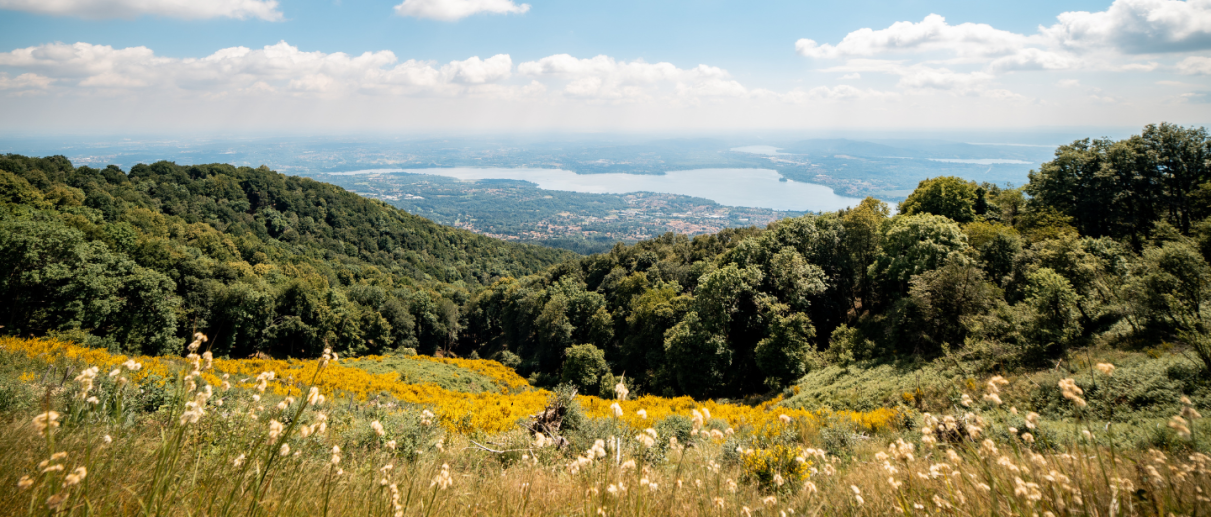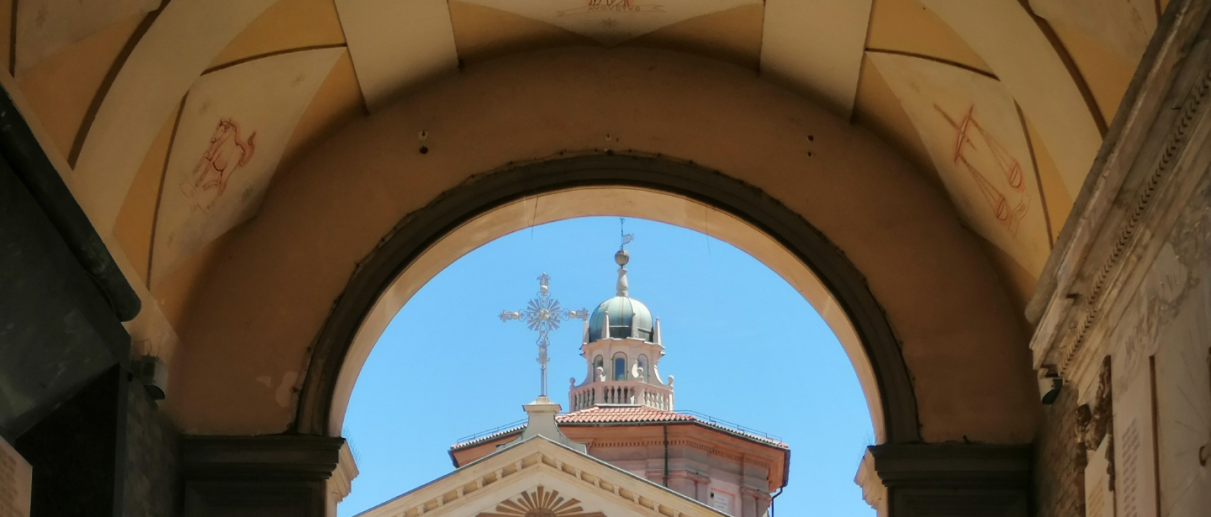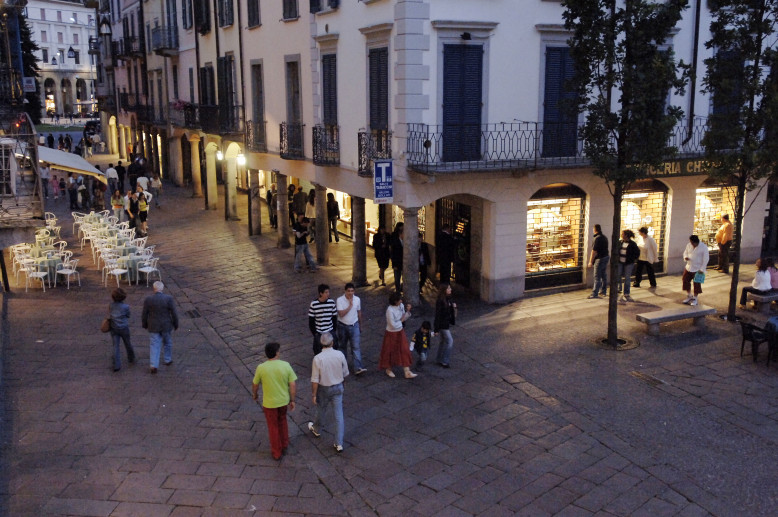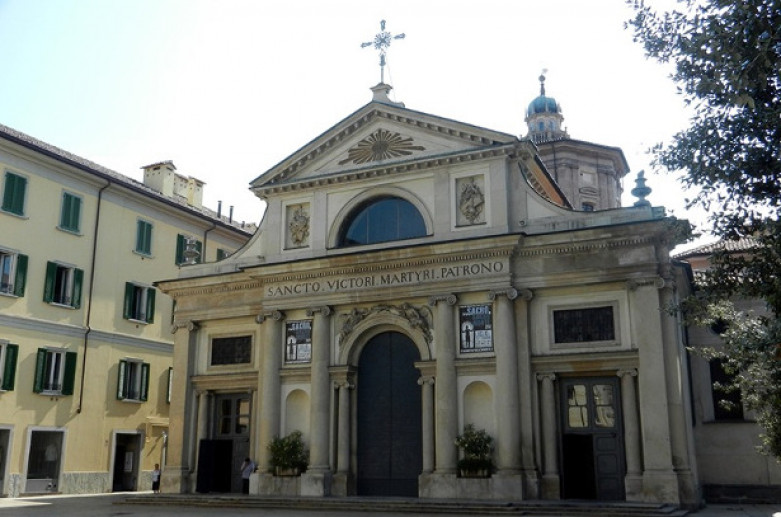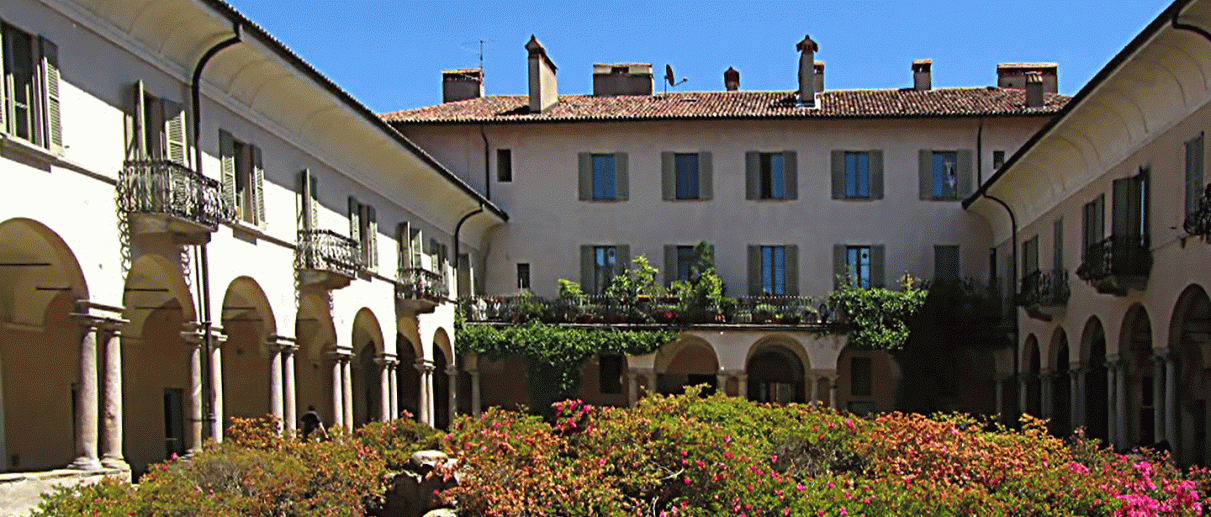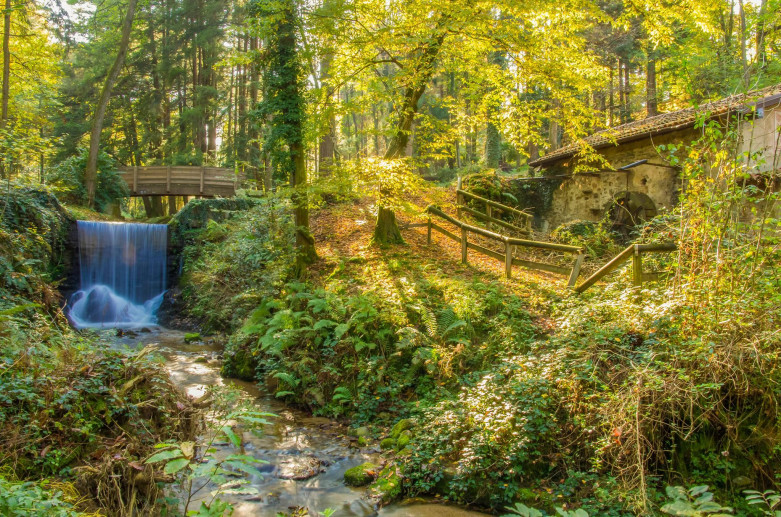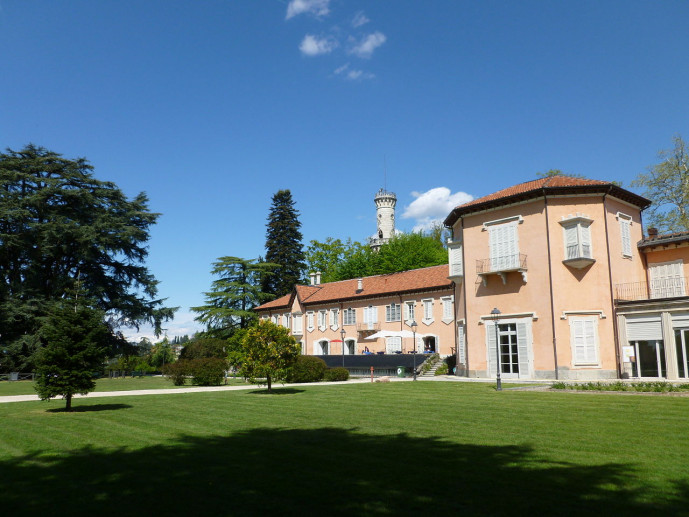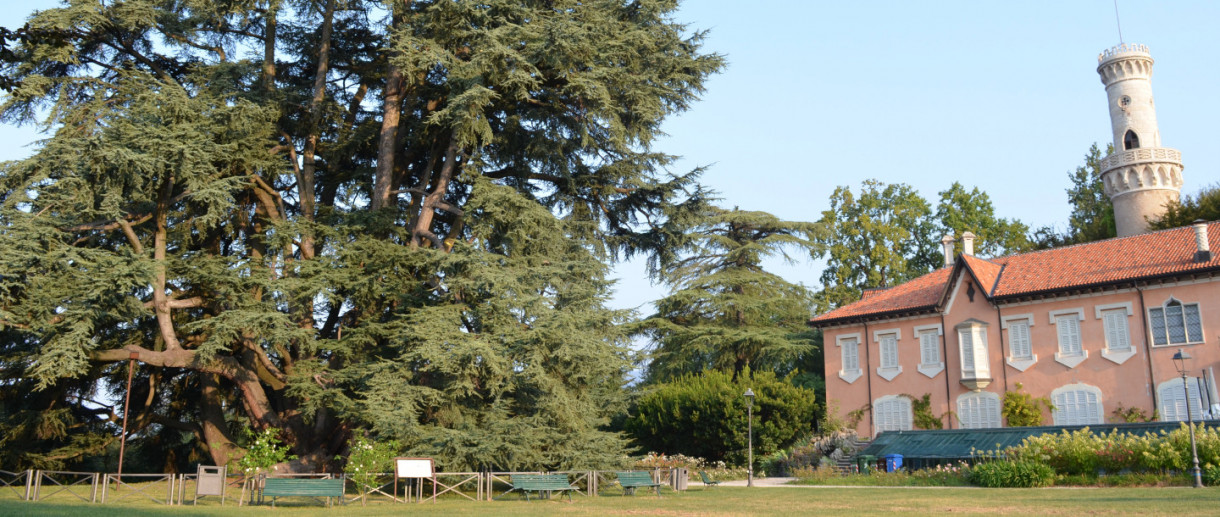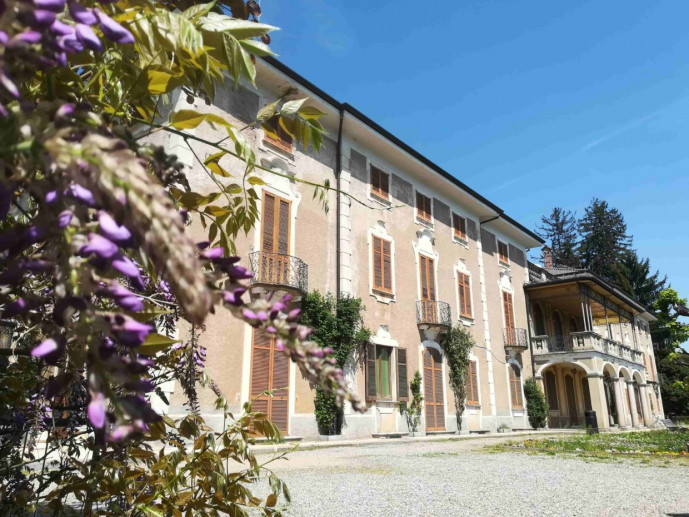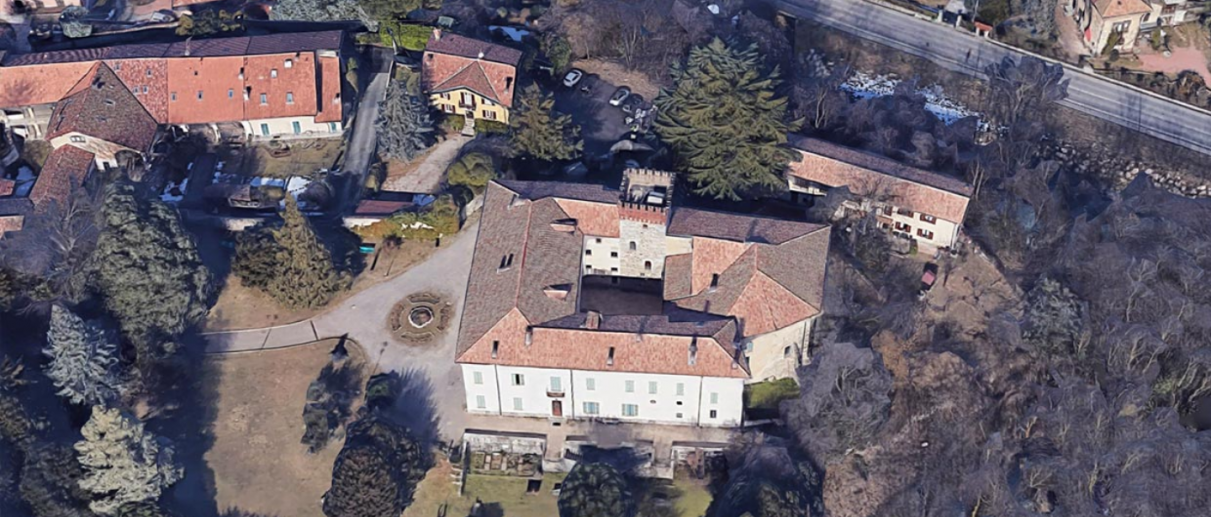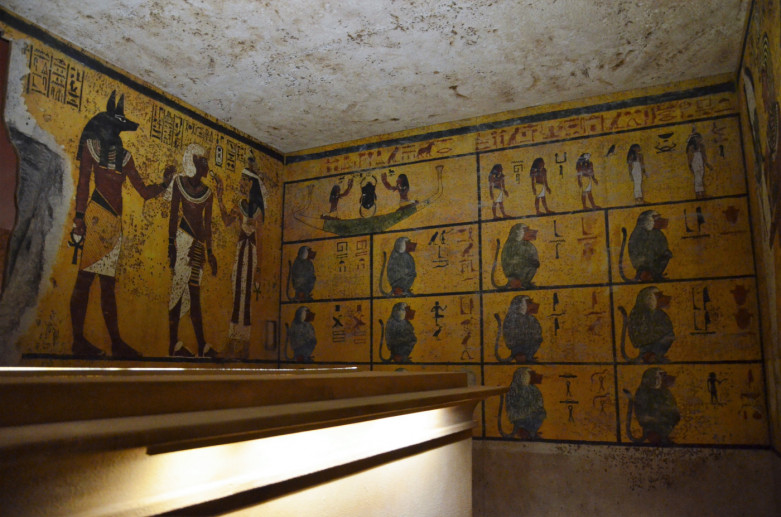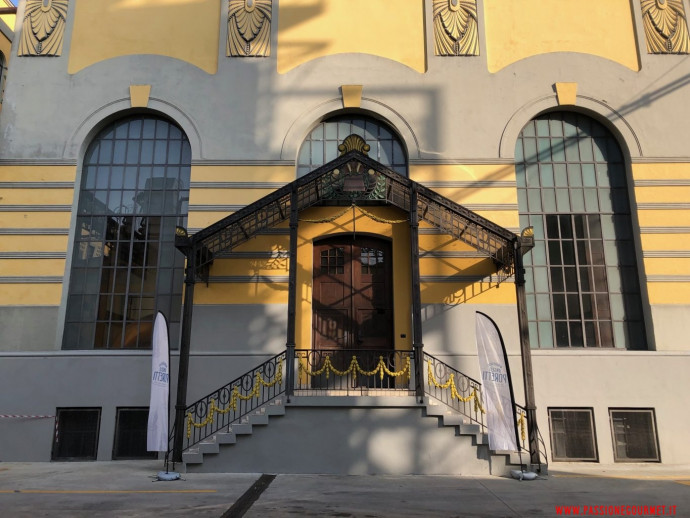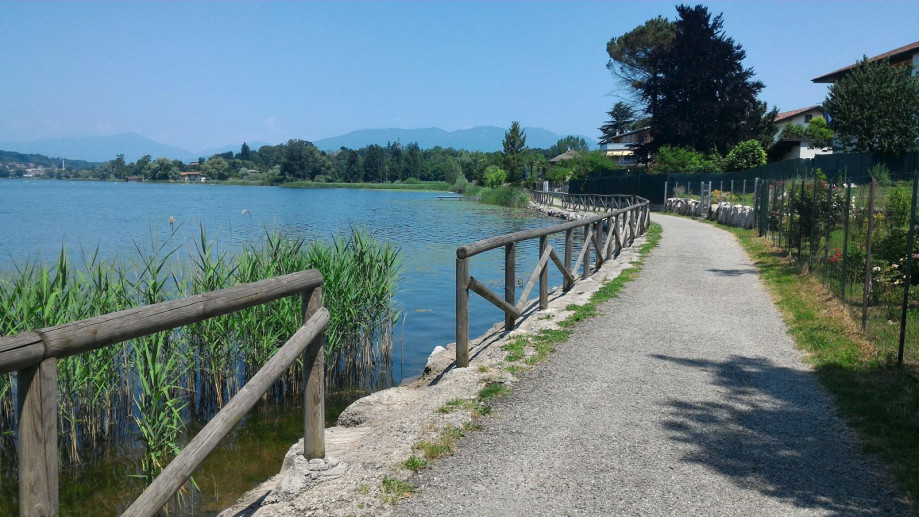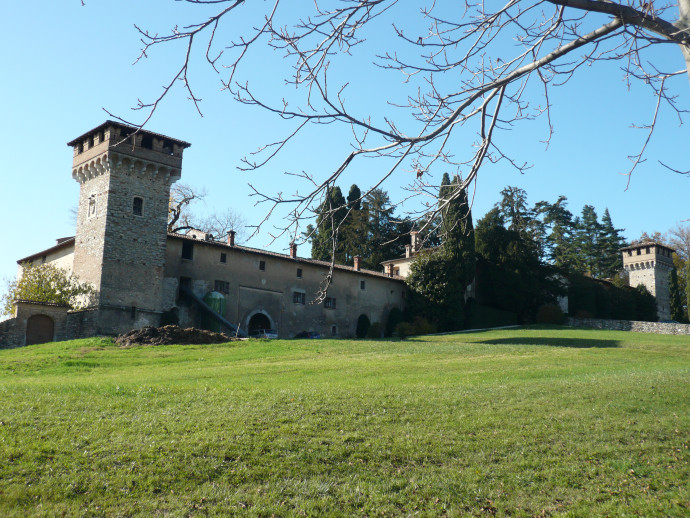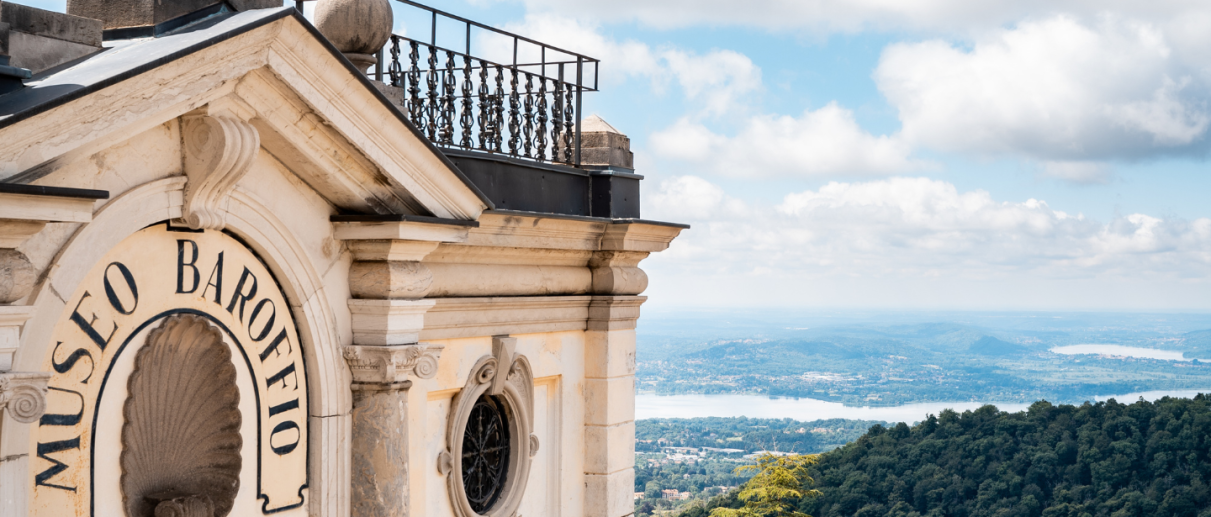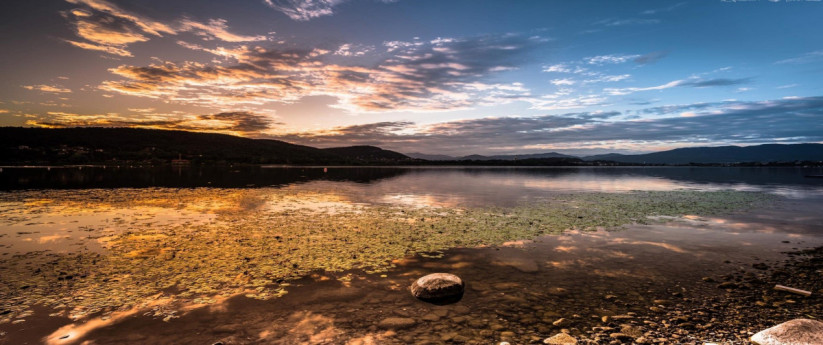- Itinerari
Monte San Giorgio
Alla scoperta di Varese e del Monte San Giorgio
Nestled at the foothills of the Southern Alps, between Lombardy and Switzerland’s Canton Ticino, Monte San Giorgio is an important area of world paleontology.
Added to the list of UNESCO World Heritage Sites in 2010 for its Italian side (and in 2003 for its Swiss side), this mountain offers a unique glimpse into a distant past, dating back over 200 million years.
Located between the Province of Varese, the areas of Mount Pravello and Mount Orsa, and Canton Ticino, it is surrounded by the southern branches of Lake Lugano. The mountain’s highest point, at 1.097 meters, is on Swiss territory.
A WINDOW INTO THE TRIASSIC PERIOD
Monte San Giorgio stands out as one of the richest marine fossil deposits from the Middle Triassic period (247–237 million years ago).
In the mid-19th century, the first excavations conducted by Italian and Swiss paleontologists unearthed extraordinary fossil specimens, dating back over 200 million years, in exceptional states of preservation. What sets Monte San Giorgio apart from other internationally renowned fossil sites is its stratigraphic complexity. While most fossil sites allow for the exploration of a single geological layer, focusing on one specific historical period, Monte San Giorgio offers five distinct layers.
This unique feature enables researchers to study the evolution of species that inhabited the same ecosystem over several geological epochs. From these layers, more than 20,000 fossils have been recovered, including:
- 25 species of reptiles, such as ichthyosaurs and nothosaurs;
- 50 species of fish, remarkably well-preserved;
- Over 100 species of marine invertebrates;
- A variety of plants, particularly conifers.
THE PRESERVATION OF THE FINDS: THE BESANO FOSSIL MUSEUM
The Besano Fossil Museum, located in the Province of Varese, is one of the main repositories of the extraordinary paleontological treasures of Monte San Giorgio. This museum is an essential destination for anyone looking to delve deeper into the fossils from this UNESCO World Heritage Site. It offers a rich collection that illustrates the evolution of marine life during the Middle Triassic.
The museum is known for its engaging and accessible approach. Through informative panels, 3D models, and realistic reconstructions, visitors can immerse themselves in the Triassic world and understand the geological processes that led to the formation of these fossils.
For those seeking further exploration, the museum serves as an ideal starting point for excursions along the geo-paleontological trails of Monte San Giorgio. Here, history and nature intertwine in a unique setting, offering an experience that combines science, culture, and adventure.
